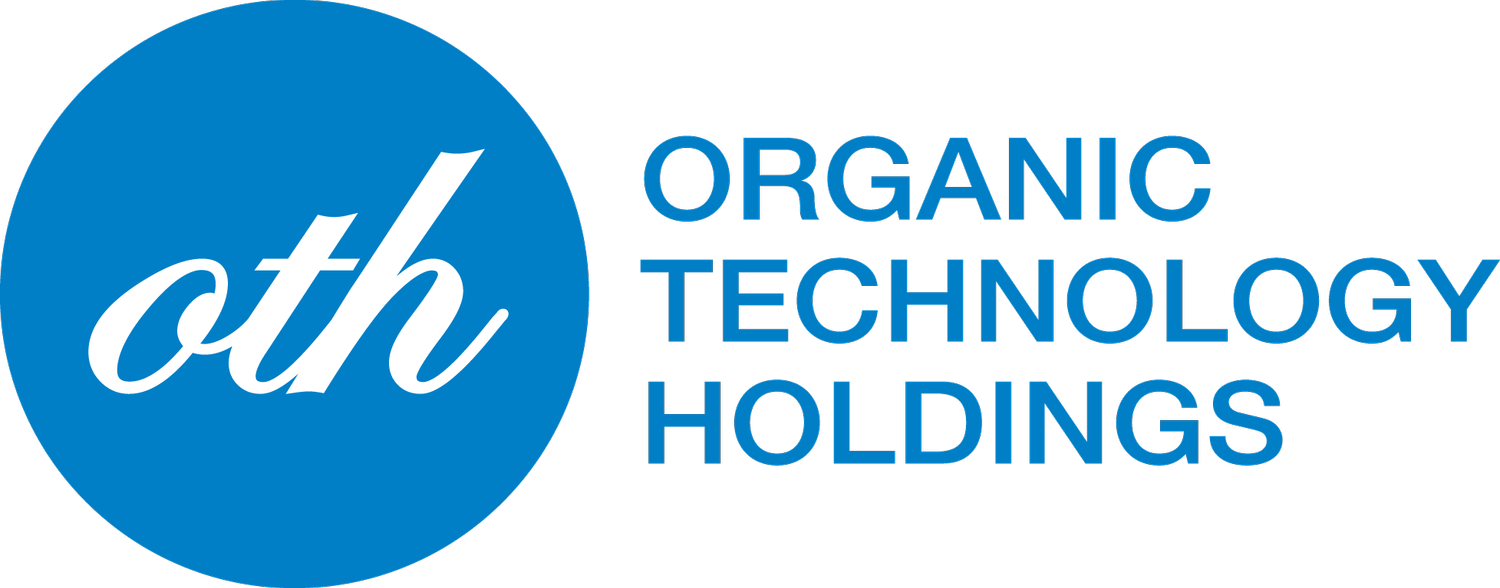Utilising technology to:
Alleviate hunger in the short terms and promoting food security in the longer term
Up-cycle waste streams in country or in region to produce products that can be used in country or in region.
Increase the availability of medical products not normally available to third world or developing nations
Seeking out like minded organisations and individuals to work with on a local, regional and international level
The world is awash with local regional and global food processing waste streams that can be up cycled into food and medical products. The key is access to the technical expertise and processes to transform seeming undervalued or zero value raw materials into usable products. For example, but not limited to
Chicken feathers. Currently inedible. OTH has been able to transform them into a highly digestible protein isolate having a comprehensive amino acid profile
Brewers spent grain. Many countries brew but few do anything with spent grain beyond cheap animal feed at best. Best estimates suggest there is 36 million metric ton of BSG produced each year globally. OTH has created a high protein digestible barley flour that can be baked and / or used to enrich existing foods with protein and fibre
Bones. A byproduct of industrial animal and fish processing. Regardless of species OTH can process bones to create an abundance of edible human grade tallow, protein, calcium, broths and stocks as well as organic liquid fertilisers in less than eight hours
Cotton seed. A byproduct of cotton production. Currently fit only for stock feed due to the existence of gossypol. There is an estimate of 100 million metric tons of cotton seed produced each year globally. OTH has taken out gossypol making sure Cotton protein, oil and fibre are fit for human consumption
